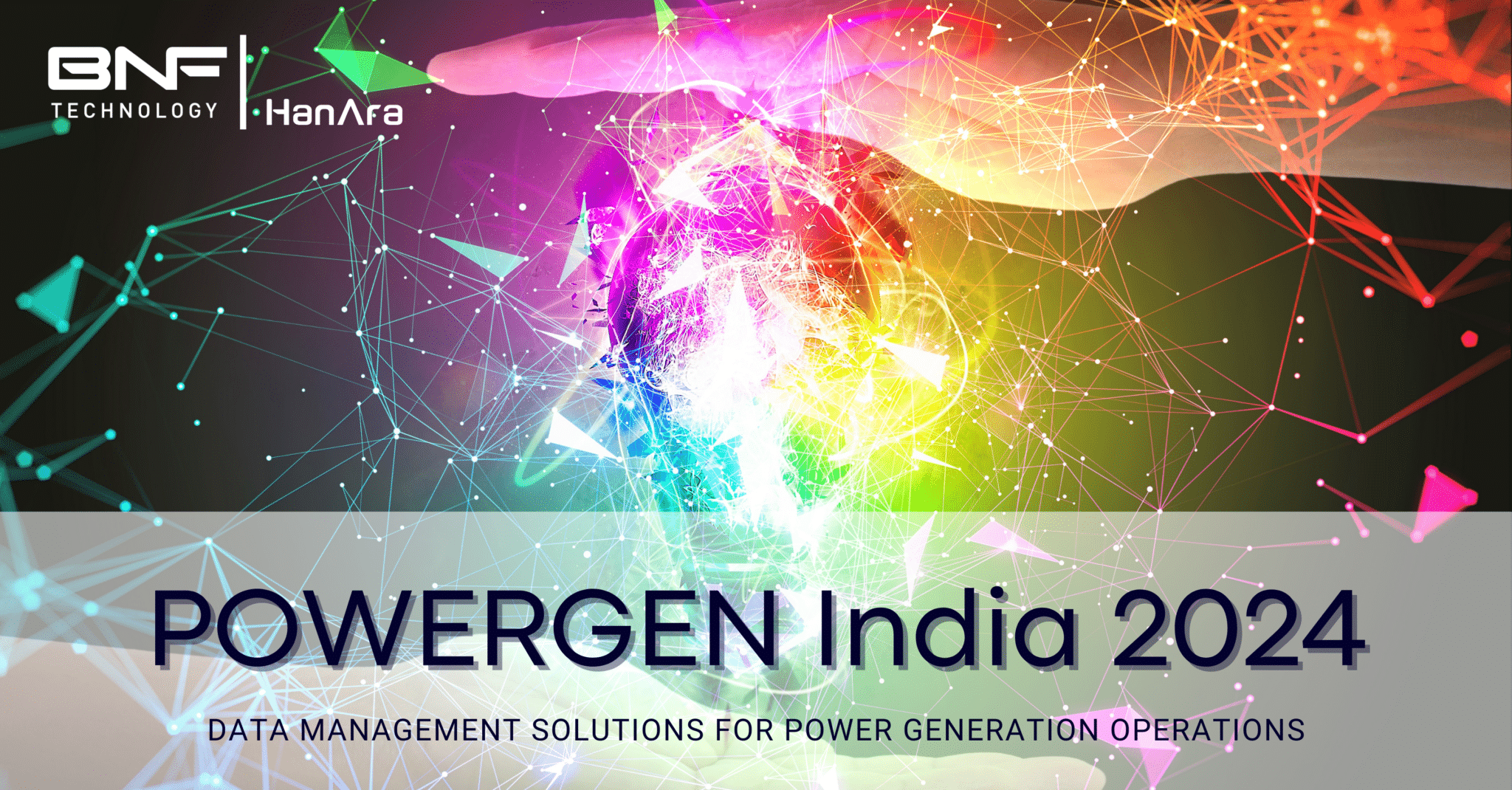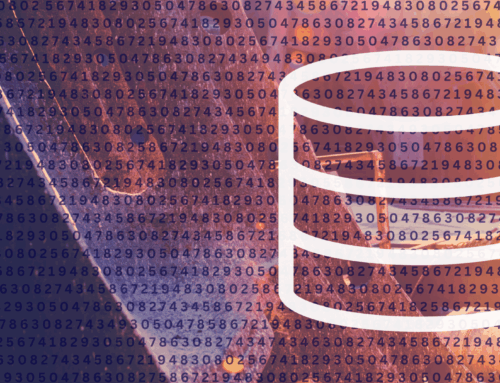Driven by technological advancements, shifting market dynamics, and evolving global energy needs, the power industry continues to transform. At the POWERGEN India conference in Mumbai, members of our team engaged in in-depth discussions about the industry’s trajectory. Their experiences reinforced what we’ve long recognized: the future of power generation is rapidly evolving, demanding continued engagement, collaboration, and innovation. So, what does the future of power generation look like?
The Future of Power Generation: The Core Identity of Service and Necessity
At its heart, the future of power generation remains rooted in its fundamental identity across the globe, whether in India, the United States, or Korea. It is and will continue to be an industry providing an essential service, quite literally keeping the lights on for billions of people. The output of this industry – electricity – occupies a unique position that challenges simple classification. While it shares characteristics with tangible commodities, such as being standardized and interchangeable, electricity also possesses distinct features that set it apart:
- Instantaneous delivery: Despite advancements in battery technology, large-scale, long-term storage of electricity remains challenging.
- Grid dependency: The value and availability of electricity are intrinsically tied to the infrastructure that delivers it.
- Regulatory environment: Electricity markets are often heavily regulated, impacting pricing and distribution in ways unlike most commodities.
These factors contribute to electricity’s status as a vital utility, powering our homes, businesses, hospitals, and the digital infrastructure that underpins our interconnected world. This foundational role as a provider of an essential service gives the power generation industry a unique place in the global economy. As we look to the future of power generation, it’s an industry that cannot afford to fail, as its success is directly tied to the functioning of society itself.
Shaping the Future: The Impact of Changing Technology and Markets
While the core purpose remains steadfast, the methods and means of power generation have evolved and will continue to evolve to meet demand and sustainability requirements. In fact, through 2026, the IEA expects electricity demand to grow by by ~3.4% annually—this is not insignificant growth.
Diversifying Sources and Techniques
The future of power generation will include a continued diversification of energy sources and generation methods. Moving beyond the traditional dominance of large-scale hydro and thermal power plants, the industry is embracing a complex, multi-faceted ecosystem of energy sources. Wind and solar have transitioned from alternative to mainstream, becoming integral parts of many national energy strategies. Small Modular Reactors (SMRs) are promising a new era for nuclear power, offering scalable nuclear generation. And the once-distant dream of nuclear fusion is inching closer to reality, with several promising experimental reactors pushing the boundaries of what’s possible. Emerging technologies like tidal power and advanced geothermal systems are further broadening the spectrum, each bringing unique characteristics and challenges to the future landscape of power generation
Changing Locations and Scales
Changes in where energy is produced also impact the future of power generation. Though a top-down, utility-driven model is still representative of the industry, a flexible system where consumers can also be producers is developing. Centralized mega-plants, the backbone of power systems worldwide, are being complemented by distributed energy resources (DERs). These smaller, often renewable energy installations are changing the dynamics of power flow, making it more bidirectional and complex. In addition, though not new, microgrids are enabling communities and organizations to take control of their energy destiny, providing resilience and autonomy. And advancement in battery storage is turning the intermittent nature of renewables from a liability into an asset, allowing for time-shifting of energy and opening up new possibilities for grid management and energy market participation.
Evolving Ownership and Operation Models
On the business side, there have been shifts in operations and ownership. The traditional divide between public and private ownership is blurring, with public-private partnerships becoming more common. Third-party operations and maintenance organizations are allowing for specialization and efficiency, enabling power generators to focus on their core competencies. Local ownership models are gaining traction, giving communities more say in their energy future and often aligning power generation more closely with local needs and values. This diversification of ownership and operation models is creating a more complex, but potentially more resilient and responsive ecosystem for the future.
The Future of Power Generation: A Data-Informed Identity
A key aspect of the future of power generation is the emergence of a data-informed identity. This isn’t just an add-on but is becoming a core part of what it means to be a power generator in the 21st century and beyond.
What Does Data-Informed Mean for the Future?
A data-informed identity encompasses several key elements:
- Data Infrastructure: Robust systems for collecting, storing, and accessing vast amounts of operational data.
- Data Incorporation: The integration of data into training, analytics, discussions, and collaborations.
- Data Culture: A mindset that values data-informed decision-making at all levels of the organization.
This data-informed approach is becoming a requirement regardless of the type of power generation, its location, or ownership structure. It’s the common thread tying together diverse elements of the modern power landscape and shaping the future of power generation. And embracing a data-informed identity allows power generation entities to:
- Optimize operations for efficiency and reliability
- Respond more nimbly to changing demand patterns
- Integrate variable renewable sources more effectively
- Enhance grid stability and resilience
- Improve environmental performance
- Provide more transparent and responsive service to consumers
The New Identity in the Future of Power Generation
So, what does all this mean for the identity and future of power generation? It’s evolving into a multi-faceted, technology-driven, yet service-oriented industry:
- Core Purpose Remains: At its heart, the industry still focuses on its fundamental function: providing reliable, affordable electricity.
- Technologically Diverse: No longer defined by a single generation type, the future of power generation embraces a wide spectrum of technologies.
- Flexible and Adaptive: With distributed resources and smart grids, the future of power generation is becoming more responsive and resilient.
- Stakeholder-Inclusive: From community-owned solar projects to large-scale public-private partnerships, the future of power generation is more inclusive than ever.
- Data-Informed: Leveraging data for everything from day-to-day operations to long-term planning is now a core part of the industry’s identity and crucial for its future.
- Environmentally Conscious: With the rise of renewables and the push for cleaner technologies, environmental stewardship is increasingly central to the industry’s self-image and future direction.
- Innovation-Focused: From fusion research to AI-driven grid management, the future of power generation is embracing innovation like never before.
The Future of Power Generation
The power generation industry is undergoing a remarkable transformation. While its core mission of keeping the lights on remains unchanged, how it achieves this goal is evolving rapidly. The industry is becoming more diverse, more distributed, more data-informed, and more responsive to environmental and community needs.
As we move forward, this evolving identity will shape not just how power is generated, but how it’s perceived, regulated, and integrated into the fabric of society. For those of us in the industry, the future of power generation presents an exciting time of change and opportunity. Our challenge – and our privilege – is to guide this evolution while never losing sight of our fundamental purpose: powering the world reliably, affordably, and sustainably.
Reach out to learn more about our powerful solutions that empower operations with intuitive data management and reliable asset performance management insights.






